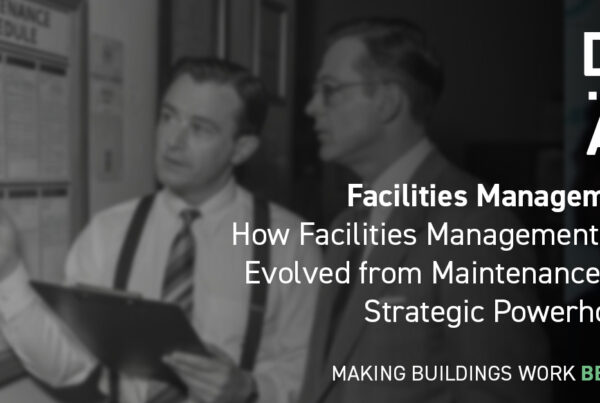
Claim It or Lose It: Are You Missing Out on Capital Allowances Tax Relief?
From office chairs to entire buildings, your business assets might be hiding valuable tax relief. Are you claiming everything you’re entitled to? Many UK businesses are missing out on thousands in unclaimed capital allowances tax relief, simply because they don’t know what qualifies. Capital allowances can significantly reduce your tax bill, but only if you know what to claim and how to do it.
What Is Capital Allowances Tax Relief?
Capital allowances tax relief is a valuable tool that allows UK businesses to deduct the cost of certain capital assets from their taxable profits. This means you can reduce your tax bill by claiming for the things you’ve already invested in—like equipment, machinery, and even parts of buildings.
Instead of spreading the cost of these assets over many years, capital allowances let you claim a portion, or sometimes all, of the cost in the year of purchase. This can result in a significant cash flow benefit, especially for businesses with large capital expenditures.
The 25% Budget Boost: How It Works
Let’s say your company buys a qualifying asset for £100,000. If you’re eligible to claim 100% of that cost under capital allowances, and your corporation tax rate is 25%, you could reduce your tax bill by £25,000.
That’s money you can reinvest into your business, without waiting years to see the benefit.
Here’s how it works:
- When a business purchases a qualifying asset (e.g., machinery, equipment, or fixtures), it can deduct the full cost from its taxable profits using capital allowances like Full Expensing or the Annual Investment Allowance (AIA).
- If the business is subject to the 25% corporation tax rate, then deducting £100,000 in capital allowances reduces its tax bill by £25,000—a 25% effective saving on the purchase cost.
This is not a rebate or grant, but a reduction in the amount of tax owed, which improves cash flow and effectively “boosts” the budget. https://www.gov.uk/capital-allowances
What Qualifies as an Asset?
You might be surprised by what qualifies for capital allowances. It’s not just big-ticket items like machinery or vehicles. Eligible assets include:
- Office furniture and fittings
- IT equipment and software
- Tools and machinery
- Fixtures in buildings (e.g. lighting, heating, air conditioning)
- Commercial vehicles
Even parts of buildings can qualify under the Structures and Buildings Allowance (SBA)—though land itself does not.
The Hidden Value in Property
One of the most overlooked areas for capital allowances is commercial property. When you buy or renovate a building, many of the embedded fixtures and systems (like electrical wiring, lifts, or plumbing) may qualify for relief.
However, identifying these assets isn’t always straightforward. It often requires a detailed survey and a specialist approach to data capture. That’s where asset registers come in, or even a Strategic Asset Management Plan.
Why Asset Registers, and Strategic Asset Management Plans, Matter
An asset register is a structured record of all the physical assets your business owns. It’s useful for day-to-day operations—but it can also unlock hidden tax benefits when it comes to capital allowances.
However, an asset register alone may not provide the strategic oversight needed to fully maximise value, especially for complex estates or large capital investments. That’s where a Strategic Asset Management Plan (SAMP) comes in.
A SAMP is a comprehensive, forward-looking framework that helps organisations plan, manage, and optimise their assets over time. When aligned with capital allowances tax relief opportunities, it can play a crucial role in identifying qualifying items and ensuring they’re captured and claimed appropriately.
- Together, asset registers and SAMPs help you:
- Track purchases, upgrades, and improvements
- Identify qualifying assets for capital allowances
- Link asset lifecycle planning to tax planning
- Support your claims with detailed, defensible evidence
- Maintain compliance with HMRC documentation standards
- Avoid under-claiming or missing deadlines
- Integrate tax relief potential into long-term investment strategies
Without these tools—especially in property-heavy or asset-intensive industries—many businesses find themselves leaving thousands of pounds in unclaimed relief on the table.
Whether you’re managing a single site or a multi-property portfolio, investing in structured asset tracking and strategic planning can significantly enhance both operational performance and financial outcomes.
Are You Claiming Everything You’re Entitled To?
Many UK businesses aren’t. Whether it’s due to lack of awareness, poor documentation, or the complexity of property-related claims, capital allowances are often underutilised.
If your business has invested in assets recently, or plans to, it’s worth reviewing your capital expenditure. A specialist review could uncover significant unclaimed tax relief.
Next Steps: How to Claim
If you’re unsure where to start, here’s how you can begin maximising your capital allowances tax relief.
- Identify qualifying assets – Use your asset register or consult a specialist.
- Choose the right allowance – Options include Annual Investment Allowance, Full Expensing, and SBA.
- Submit your claim – Usually done through your company tax return.
🔗 Official HMRC Helpsheet (HS252)
Conclusion
Your business assets could be doing more than just serving their day-to-day purpose—they could be working to reduce your tax bill. Whether it’s a laptop or a lighting system, if it qualifies, it can save you money.
Could a 25% boost to your budget help? Then it’s time to take a closer look at your assets, and what they’re really worth to HMRC.




